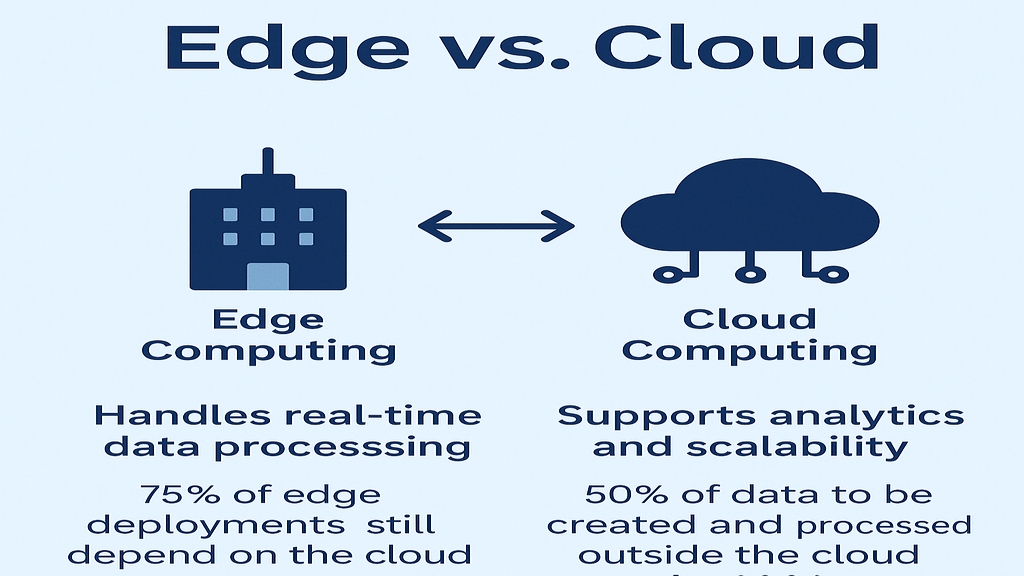It opened a new dimension of opportunities in the world of connected devices. By doing processing close to the generation point, latency was cut down and processes made to be efficient while, in other cases, real-time operations can be possible with IoT devices and even for mission-critical systems. One of the enablers for this is over-the-air (OTA) updates; the technology enables the remote upgrades of patches and software in the respective system. OTA updates and edge computing are the dynamic duo pushing innovation and scalability in the digital landscape.
Covered Contents
ToggleWhat Are OTA Updates?
OTA updates refer to wireless delivery of software updates or patches to devices without any need for physical access. Originally popularized in smartphones, OTA updates are now central to IoT devices, edge nodes, and other distributed systems. It allows developers and businesses to enhance functionality, fix bugs, and address security vulnerabilities in an efficient manner.
The Role of OTA Updates in Edge Computing
In edge computing, devices such as sensors, edge servers, and IoT gateways work in a distributed environment.These need updates from time to time to remain secure and operational. OTA updates present an easy way of dealing with this. Here’s how OTA updates contribute to edge computing:
Enhanced Security:
Edge devices are typically exposed to vulnerable environments and become easy targets for cyber attacks.OTA updates can therefore deploy security patches with lightning speed, ensuring that devices do not fall prey to any emerging threats.
Cost-Efficiency:
Updating through manual means, especially on a large scale, may be expensive and time-consuming. OTA updates eliminate the need for physical access, cutting down operational costs and minimizing downtime.
As edge devices become busier, performance optimization becomes very important. OTA updates may introduce new features or refine existing functionalities to keep the devices running efficiently.
Scalability:
Managing updates on thousands of edge devices becomes feasible with OTA solutions. Businesses can push updates to all devices or specific groups, which makes scaling straightforward and efficient.
Key Features of OTA Updates in Edge Computing
Remote Management:
OTA systems allow administrators to push updates from a central location and can respond quickly to issues without having to stop services.
Differential Updates
Only the changes are delivered rather than the whole software package, which reduces bandwidth usage and speeds up deployment.
Rollback Mechanism
The rollback feature ensures that devices revert to a stable version in case of failures or issues with an update without manual intervention.
Real-Time Monitoring
Administrators can track the update process in real time, guaranteeing that the deployment goes through successfully on all devices.
Challenges of Implementing OTA Updates
Though OTA updates have many benefits, implementing them in edge computing poses some challenges:
Network Reliability:
Edge devices are mostly used in areas of poor connectivity, and thus it is essential to design the OTA systems to handle networks that may be intermittent.
Data Security:
Updates must be delivered securely by employing encryption and sound authentication mechanisms to prevent tampering.
Device Compatibility:
Different hardware and software configurations may be present in edge devices, which makes the updating process challenging.
Future of OTA Updates in Edge Computing
AI and machine learning at the edge are opening new avenues for intelligent OTA updates. Predictive analytics can provide warnings before a problem develops, and proactive updates can prevent it. With the expansion of 5G networks, OTA deployments will become even faster and more reliable and, thus, improve edge computing ecosystems.
Conclusion
OTA updates are more than a convenience, but a necessity for the modern edge computing landscape. OTA technology ensures that distributed systems remain resilient, scalable, and high-performing by enabling remote, secure, and efficient management of edge devices. As edge computing continues to evolve, OTA updates will play a critical role in shaping its future, empowering businesses to innovate and adapt in a connected world.




One thought on “The Role of OTA (Over-The-Air) Updates in Edge Computing”